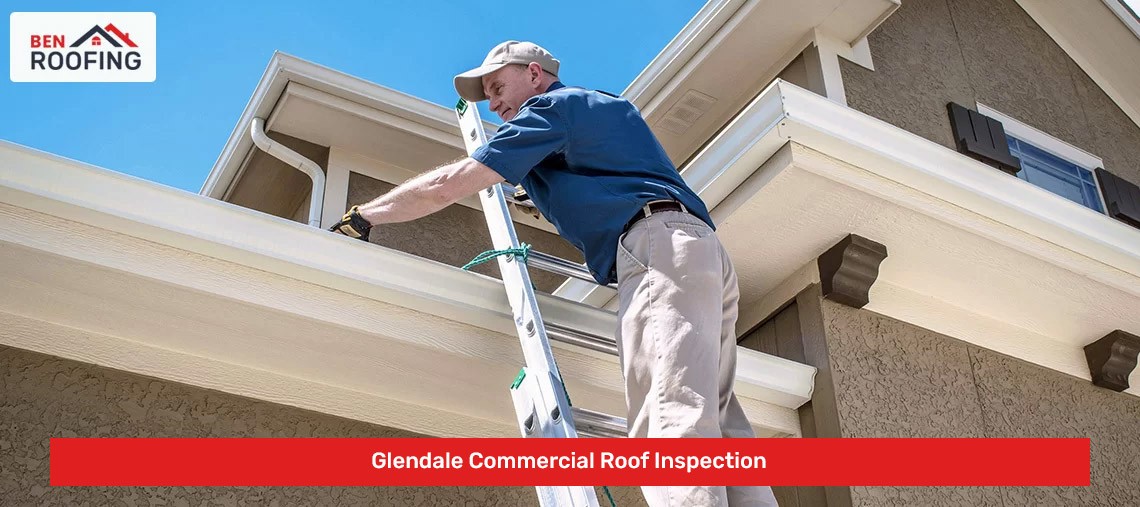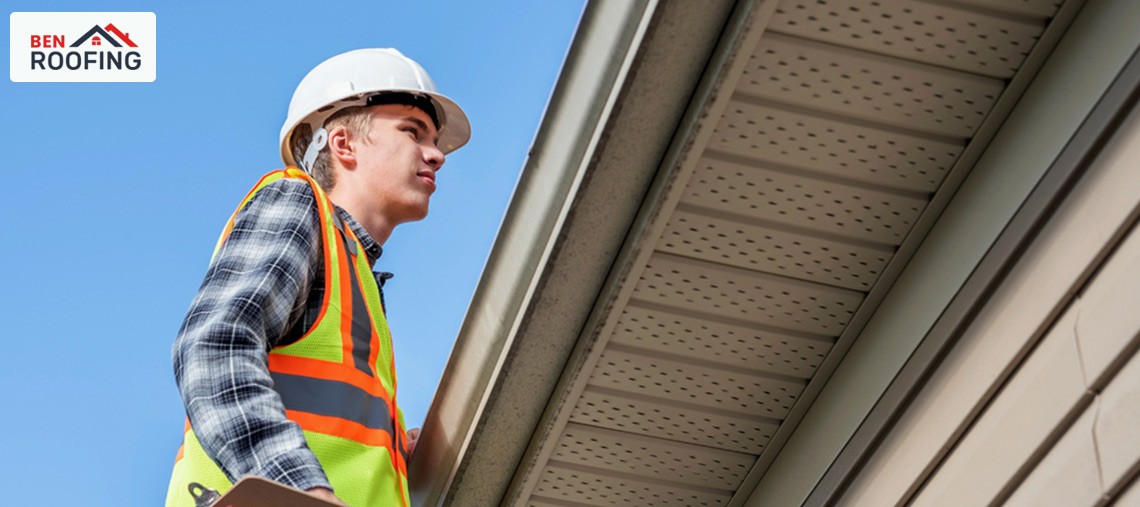Commercial roof inspections often involve specialized techniques that are tailored to the unique characteristics of larger commercial roofs. Here are some of the predominant methods used for Glendale Commercial Roof Inspection that are not usually applied to residential roofs:


Here’s a table outlining different types of inspection services for a commercial roof during emergency situations, categorized based on the parts inspected:
| Visual Inspection | Roof surface (membrane, shingles, etc.) Flashings and penetrations Gutters and downspouts Skylights or roof windows Roof access points (hatches, vents, etc.) |
| Moisture Inspection | Roofing materials (moisture levels) Insulation and vapor barriers Interior ceilings and walls Roof deck or substructure |
| Wind Damage Inspection | Missing or damaged shingles or tiles Lifted or displaced flashings Detached or damaged gutters Signs of wind-driven rain infiltration Loose or compromised roofing materials |
| Structural Inspection | Roof support system (beams, trusses, etc.) Roof deck integrity Signs of sagging or structural stress Cracks or damage to load-bearing elements Proper bracing and connections |
| Leak Inspection | Identified leak sources Water stains or discoloration Damp insulation or wet spots Signs of water pooling or ponding Insufficient drainage systems |
The frequency of commercial roof inspections depends on various factors such as the type of roofing material, local climate, and foot traffic on the roof. As a general guideline, it is recommended to have a professional inspection at least twice a year, before and after the harshest weather seasons.
The duration of a commercial roof inspection can vary depending on the size, complexity, and condition of the roof. On average, a comprehensive inspection can take a few hours to complete. However, more extensive inspections or those involving specialized testing may take longer.
Yes, insurance companies may require periodic roof inspections to maintain coverage or process claims. A well-documented inspection report can help demonstrate the roof’s condition and may facilitate the insurance claim process.
The cost of a commercial roof inspection varies depending on factors such as the size of the roof, location, accessibility, and expertise of the roofing professional. It is best to contact local roofing companies and obtain quotes for accurate pricing information.